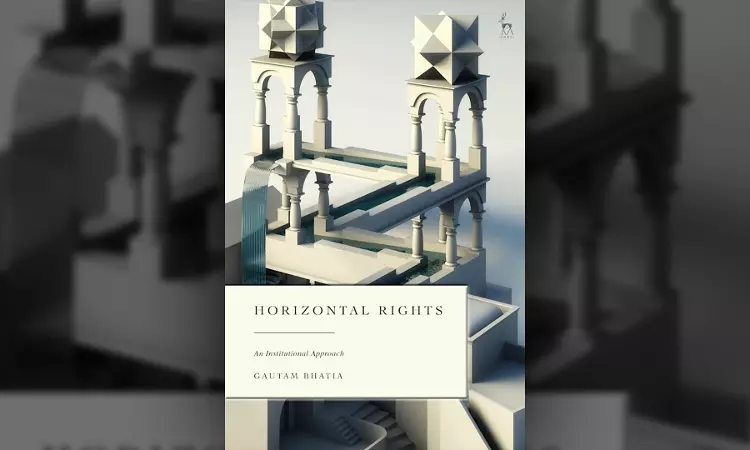Book Review; Horizontal Rights - Institutional Approach
Dr.Prema E & Ragul OV
18 July 2024 2:01 PM IST

Next Story
18 July 2024 2:01 PM IST
The book "Horizontal Rights - Institutional Approach" by Gautam Bhatia (Hart Publishing (24 August 2023)) is thoroughly reviewed in this article. The book begins by contextualizing the shift from traditional vertical approaches in constitutional law, emphasizing how various jurisdictions are broadening the scope of bills of rights to include horizontal rights. This...
